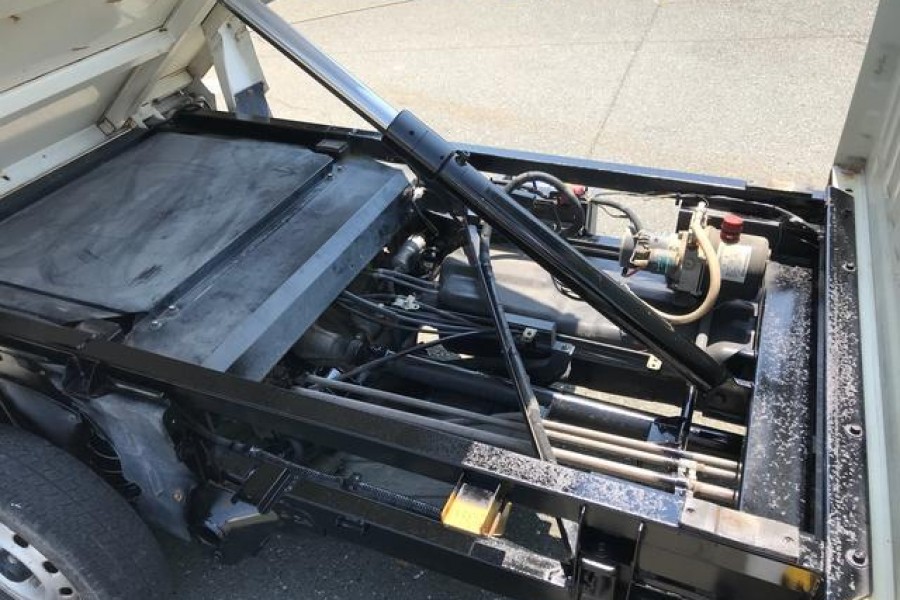How do truck engines work? Trucks use the internal combustion engine, either a compression or Spark ignition. Diesel engines are also called the compression engine, and this is because they use the compression mechanism to burn the mixture of diesel and oxygen in the cylinder. On the other hand, the Petrol engine is also known as the spark ignition because they rely on spark plugs to cause fire to burn the mixture of air and petrol in the cylinder.
How Do Truck Engines Work?
Internal combustion describes the engine in which the explosion occurs in the engine cylinders or the combustion chamber. An internal combustion engine converts the thermal energy from the cylinders into mechanical energy. Some refer to this engine as four-stroke because the Piston requires four strokes to complete the combustion process.
Phases of A 4 Stroke Engine
The movement of the pistons from the top to the bottom of a cylinder is known as a stroke. A 4 stroke engine must undergo four main phases to complete combustion. Let us focus on what happens in each stroke.
Phase One: The Intake
The intake valves open to allow oxygen into the cylinder. Before oxygen comes in, the pistons are at the upper part of the cylinder. As oxygen gets it, the pistons move to the bottom part of the cylinder, and the intake valve closes. The engine uses energy during the intake stroke, and the crankshaft rotates due to the force of inertia. The oxygen in the cylinder then mixes with the fuel, and the next stroke starts.
Phase Two: Compression
The Piston is at the bottom part of the cylinder, and the compression stroke begins. During compression, the intake and exhaust valves are closed, and the Piston starts moving to the cylinder’s upper part. When the Piston reaches the cylinder’s upper part, adequate pressure builds up.
During compression, as the Piston approaches the upper part of the cylinder, the petrol engine will generate a spark, and the diesel engine will inject fuel. The engine consumes more energy.
Phase Three: Power
In power stroke, the Piston is at the upper part of the cylinder, and fuel and air are burning. The combustion increases the pressure in the cylinder, which forces the Piston to move down. It is at the power stroke phase where the energy production takes place.
Phase Four: Exhaust
The Piston is at the bottom part of the cylinder as the exhaust stroke starts. The exhaust phase is the last stroke, and the exhaust gases come out at this point. The exhaust gases are the end product of the combustion in the cylinder. Initially, we talked of two valves in the cylinder, and the first functioned during intake. The second valve, known as the exhaust valve, now opens. Upon opening, the Piston moves up to force the exhaust gases through the exhaust valve.
Conclusion
The internal combustion engine of a truck is known as the 4-stroke engine because the Piston moves four times in the cylinder. This guide has made you understand how it works.

